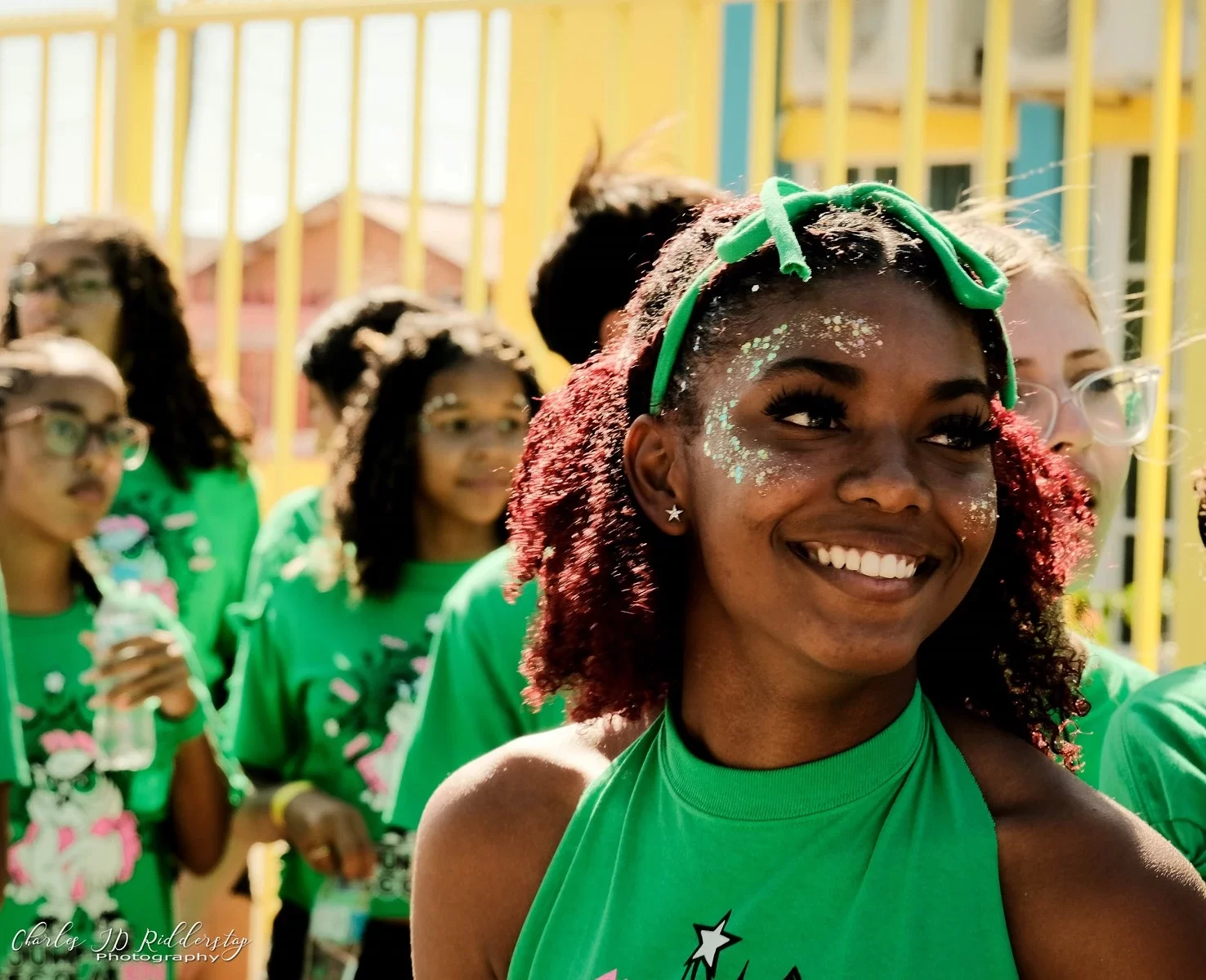What is street photography anyway? Oh my! This is such a hotly debated and often controversial topic, but, I’m going to weigh in anyway with my own humble opinion and dig into the definition of street photography as well as question the rules. I guess I should add a trigger warning for the purists out there…
Here are questions I’ll try to answer:
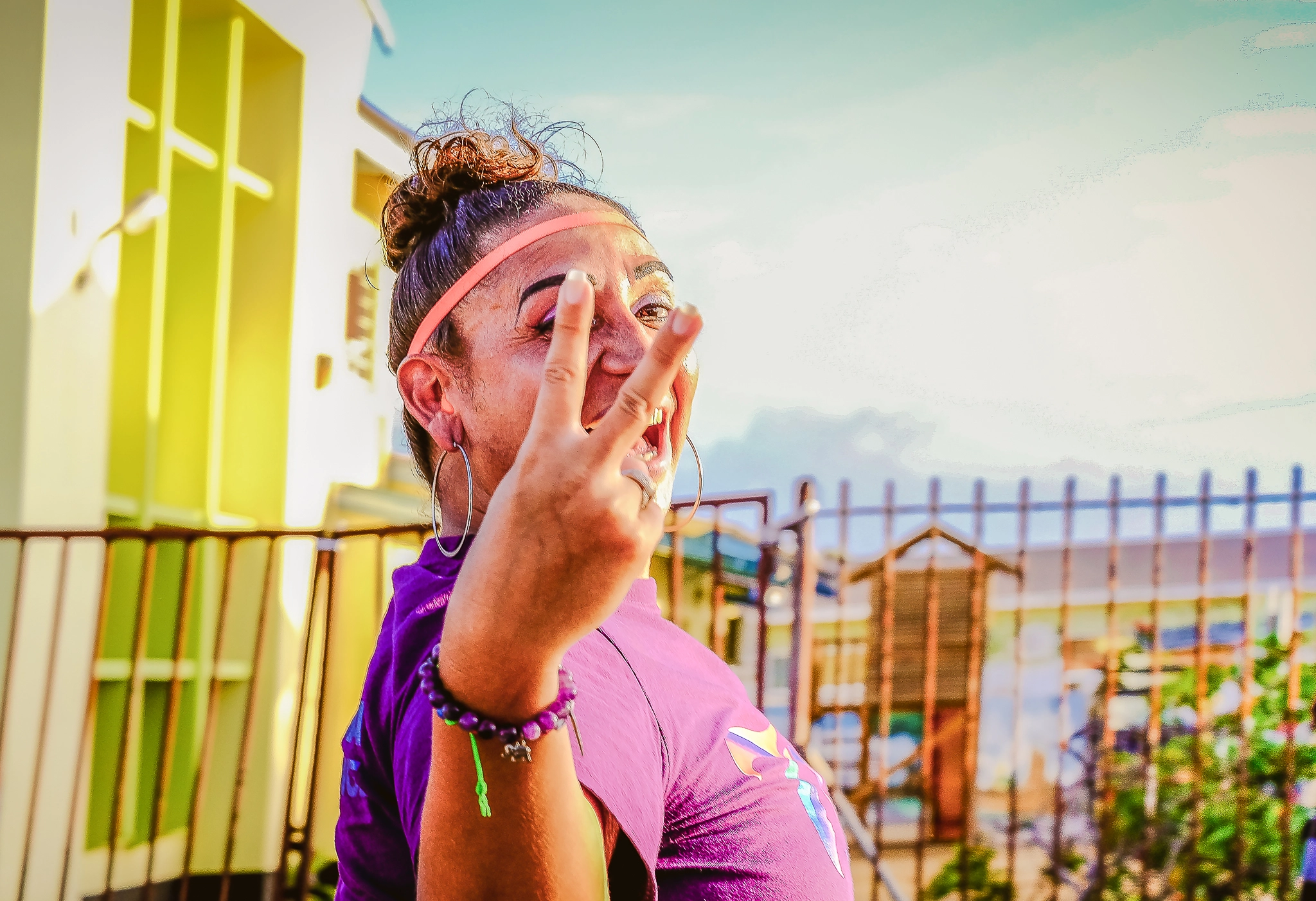
Is a definition really necessary?
Is a definition really necessary? We do, indeed. Let us begin by defining what a definition is: It is defined as “the act of making something definite, distinct, or clear” by dictionary.com. Definitions allow us to have a collective understanding of what something is; Therefore, having a definition makes sense, right? Landscape photographers, portrait photographers, and many other genre photographers do not appear to argue as much about what defines their photography as street photographers do. their photography as street photographers do.
I will define street photography with these two quotes:
“Street photography is an attitude, a state of mind, a way of being, rather than something that has to be done exclusively on the streets of cities.”— Matt Stuart
“Street photography is a genre of photography that captures everyday life in a public setting. Because of the open nature of the setting, the photographer can take candid photographs of strangers, often without their knowledge. Street photographers do not always have a social goal in mind, but they prefer to isolate and capture moments that would otherwise go unnoticed..”
Is it necessary to have a street in street photography?
No, a street isn’t essential for street photography. The term “street” refers more to the approach of capturing candid moments in public places, rather than the literal location. You can capture these moments on sidewalks, parks, beaches, or even train stations. The focus is on capturing the essence of life unfolding around you.
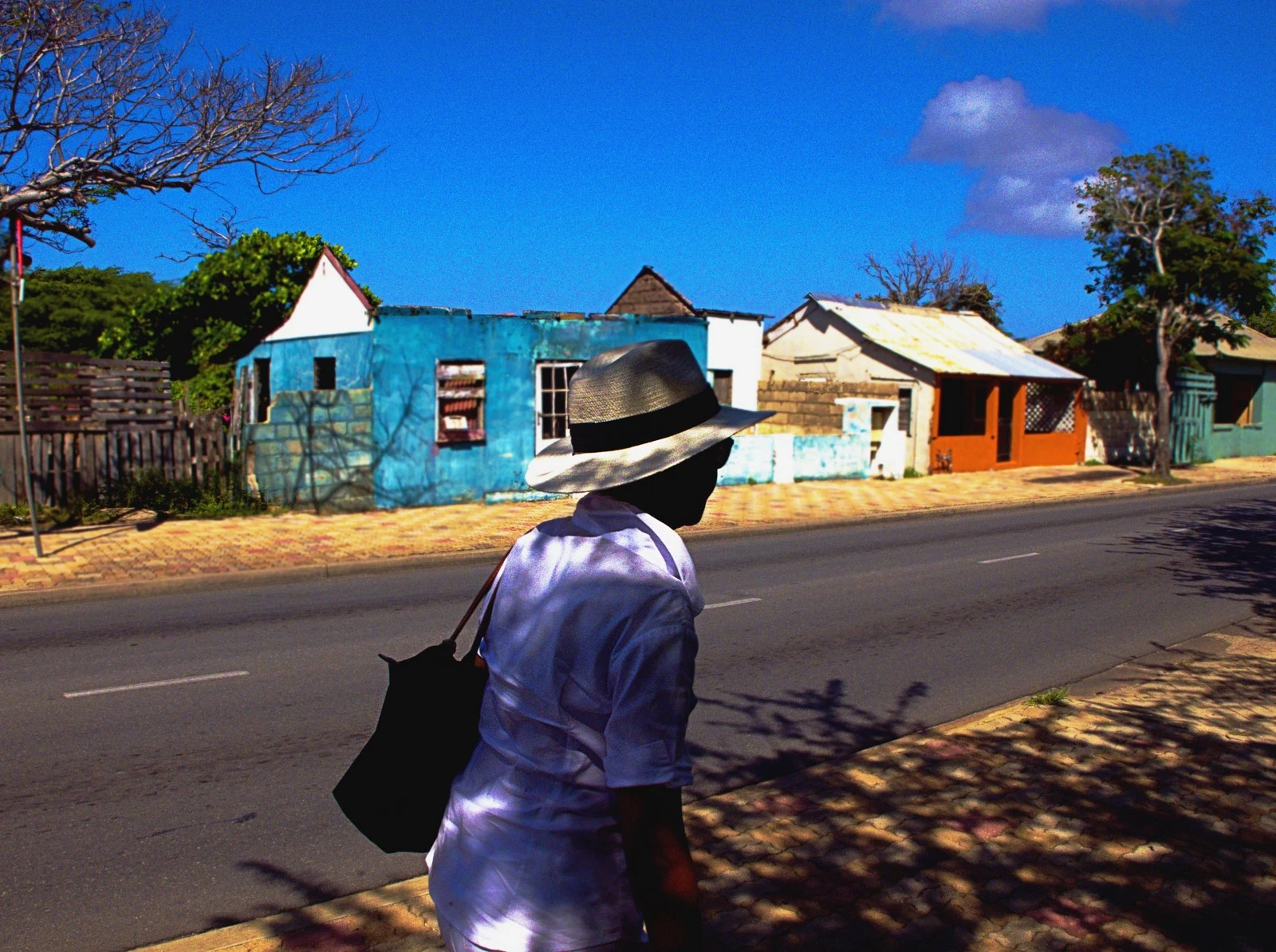
Is it necessary to have rules?
There are no laws governing street photography, but there are rules that you should follow to make sure your images are safe for publication. Most photographers have a reasonable understanding of the law, which is why it can be so difficult to make money out of street photography without breaking the law.
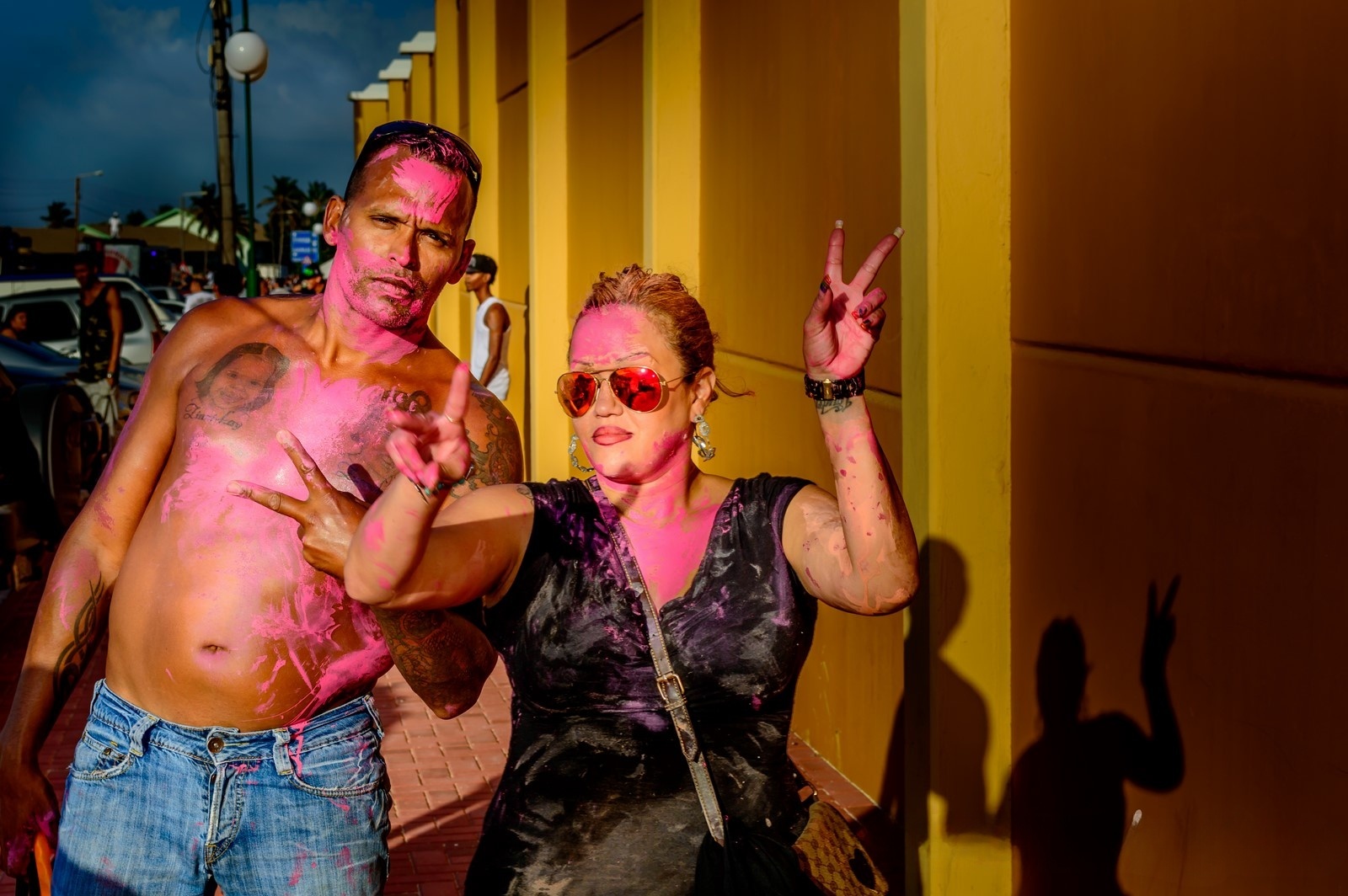
In street photography, while there’s a degree of freedom in capturing candid moments, certain rules and ethical considerations are important to follow. Here are some key points to keep in mind:
- Respect Privacy: It’s crucial to respect the privacy and dignity of the people you’re photographing.
- Understand Power Dynamics: Be aware of the power dynamics at play when taking photos.
- Cultural Sensitivity: Avoid perpetuating stereotypes and biases; be culturally sensitive.
- Safety First: Prioritize the safety of the people you are photographing over getting the shot.
- Legal Awareness: Know the local laws regarding public photography, as they can vary by location or country.
- Composition Rules: Apply composition rules like the rule of thirds, leading lines, and use of negative space to enhance your images.
- Tell a Story: Aim to tell a story with your images, making them more impactful.
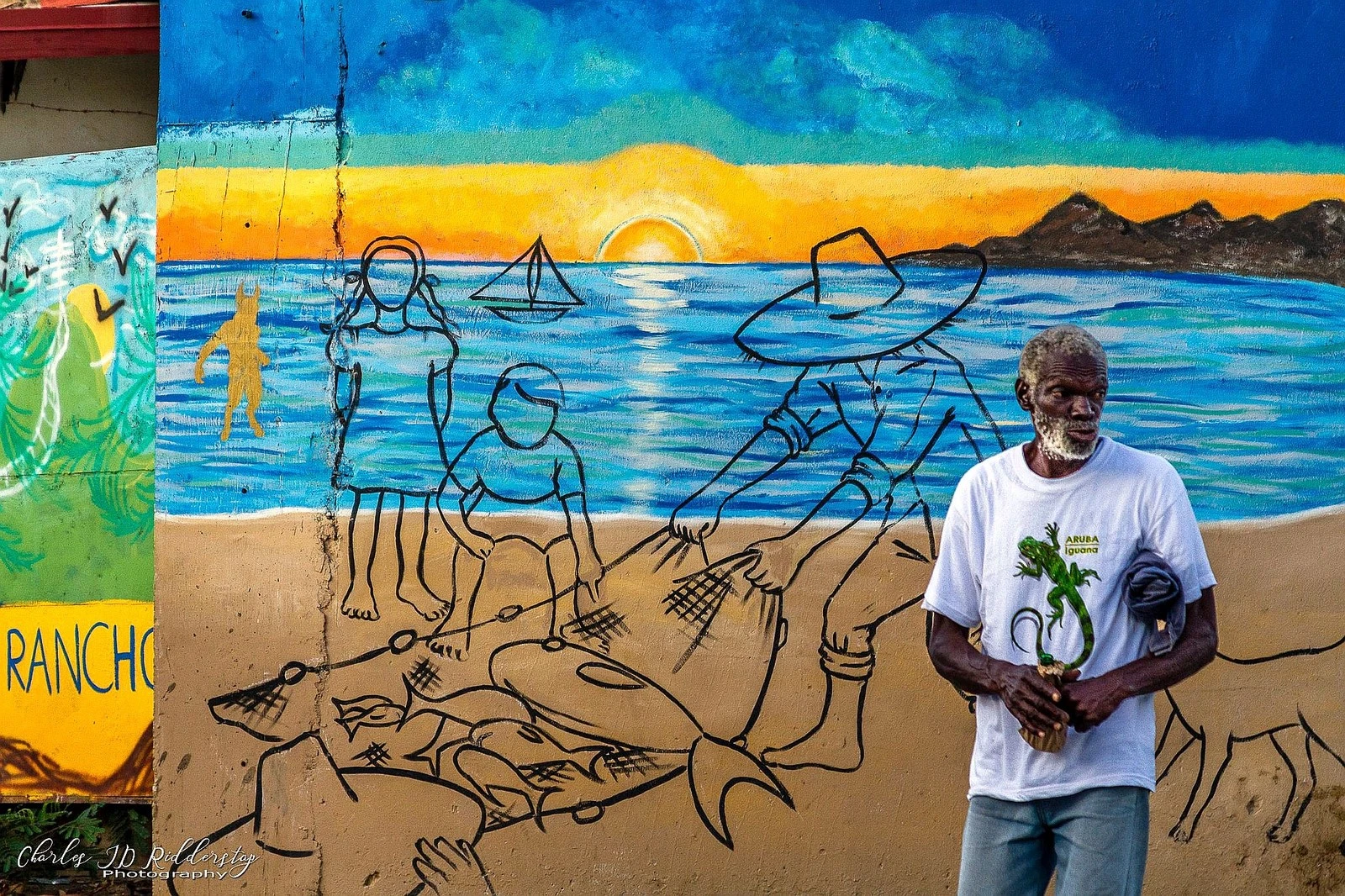
Keep in mind that street photography doesn’t necessarily require people to be present in the shot, nor does it have to be taken on city streets. It’s about capturing life and human nature in unposed, unmanipulated situations, which can occur anywhere.

